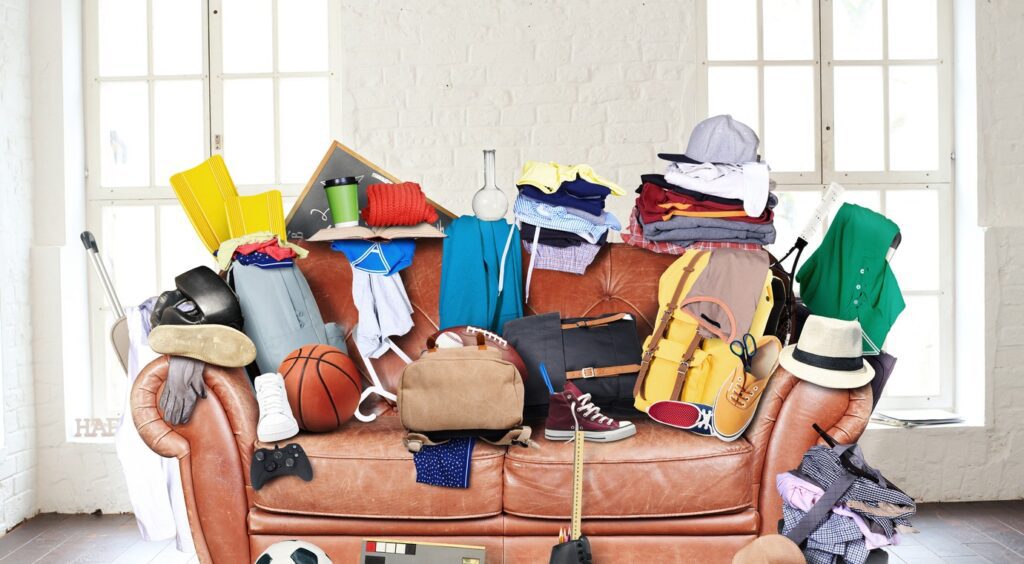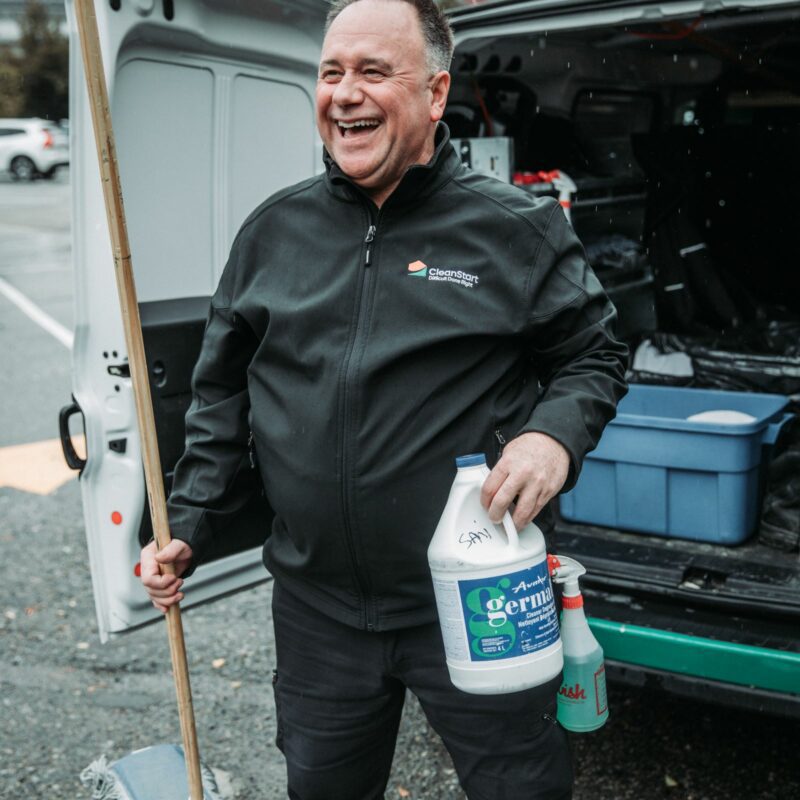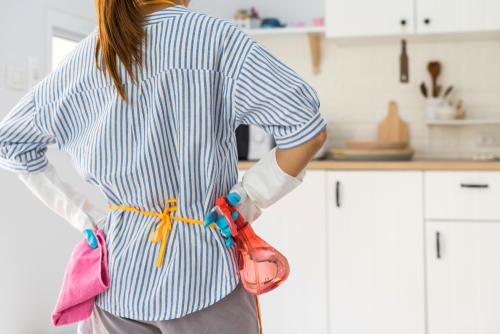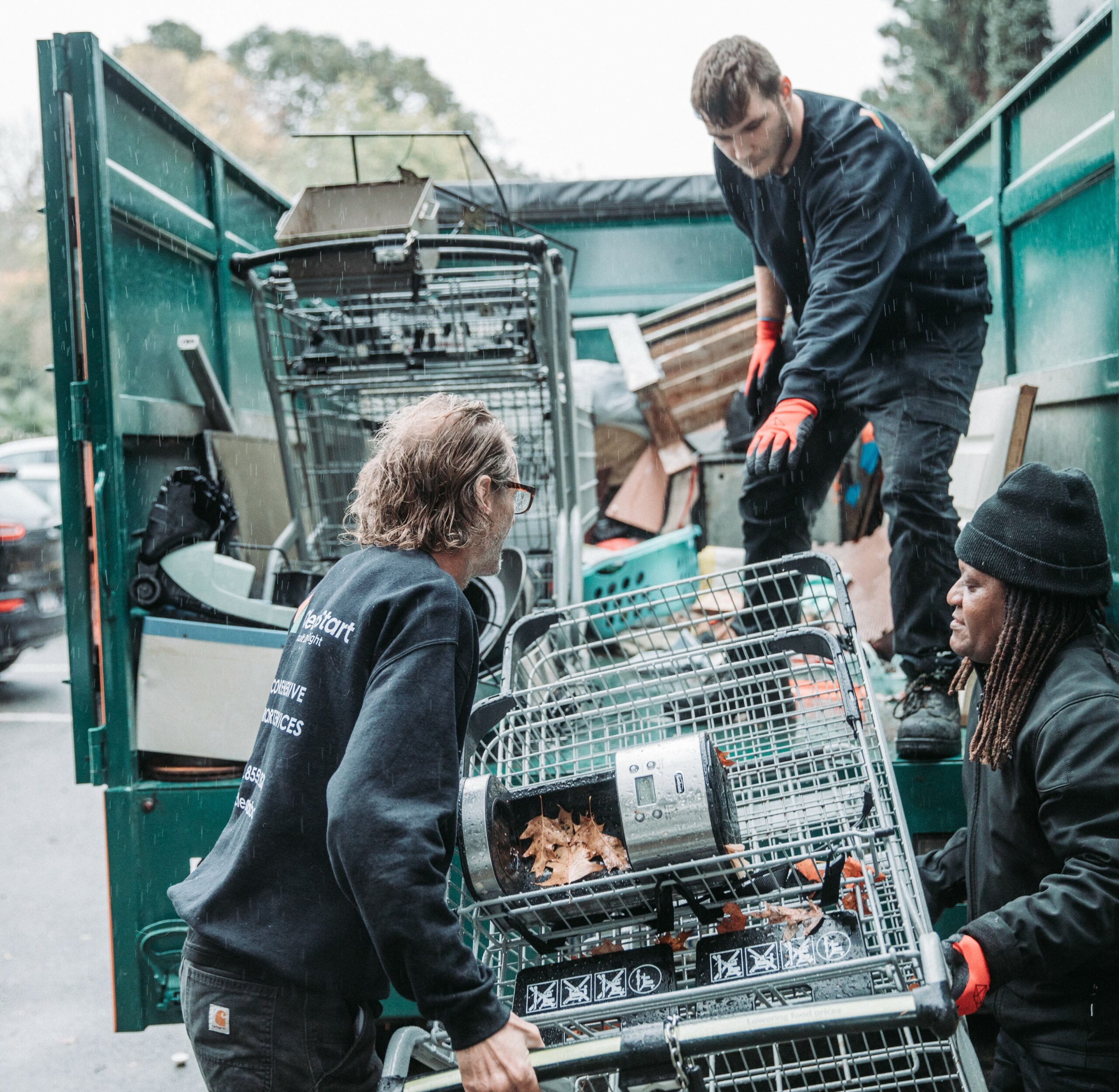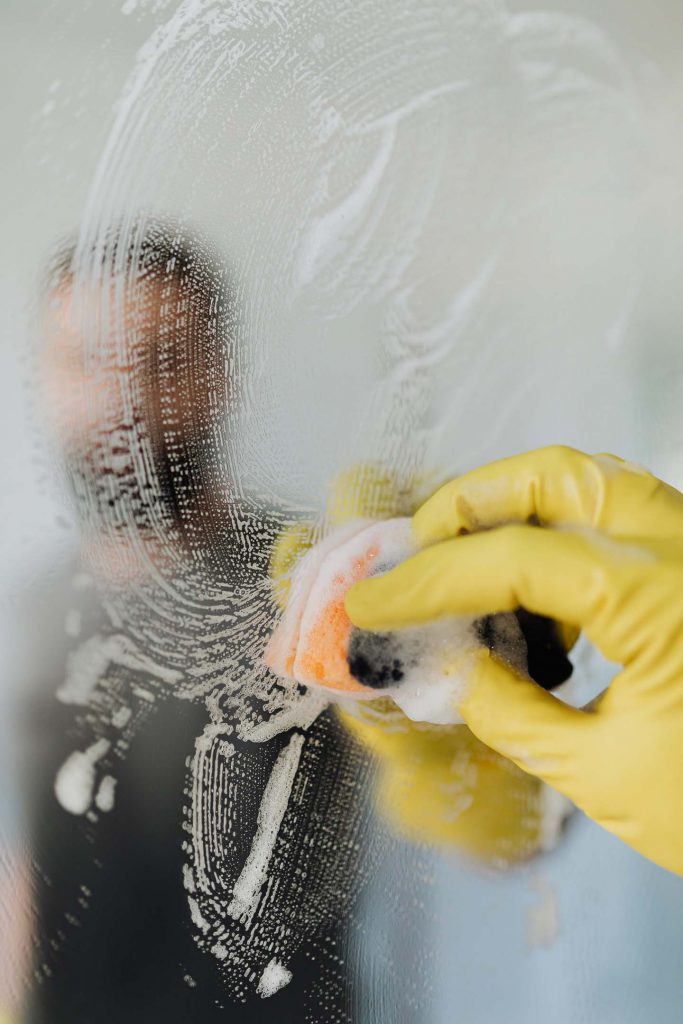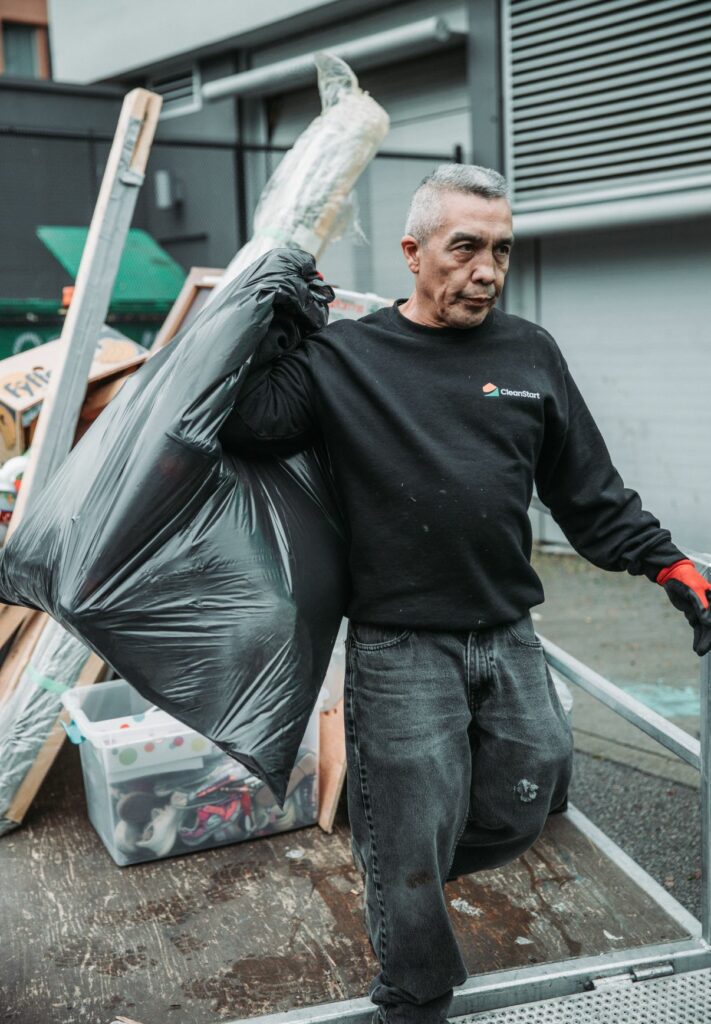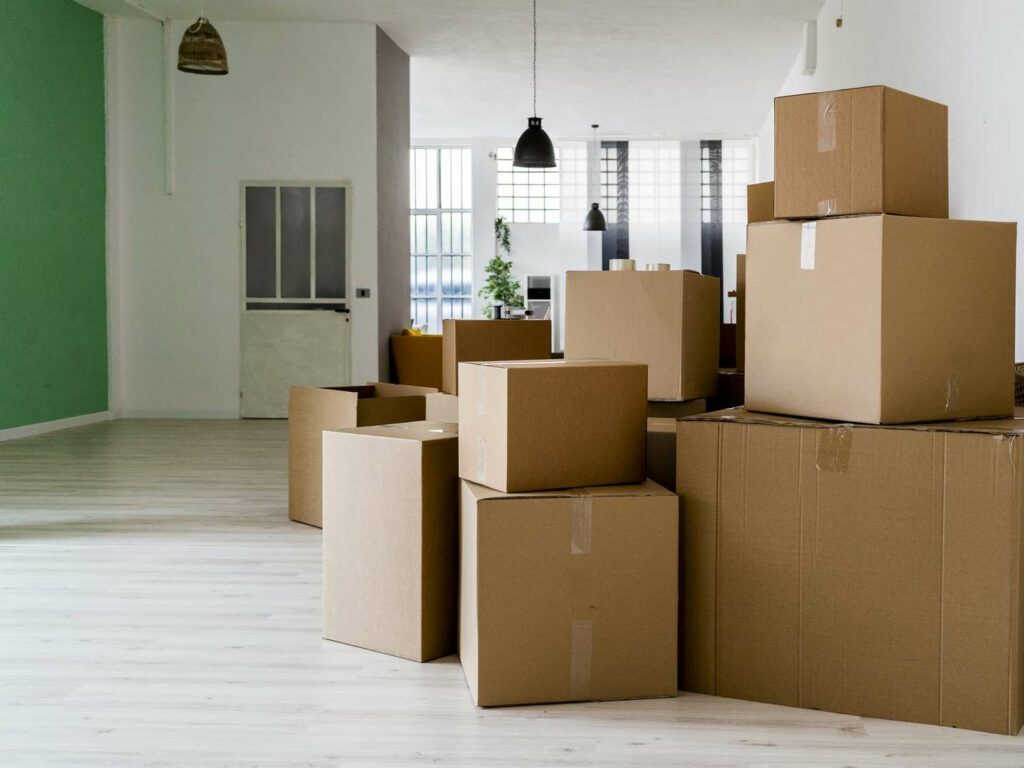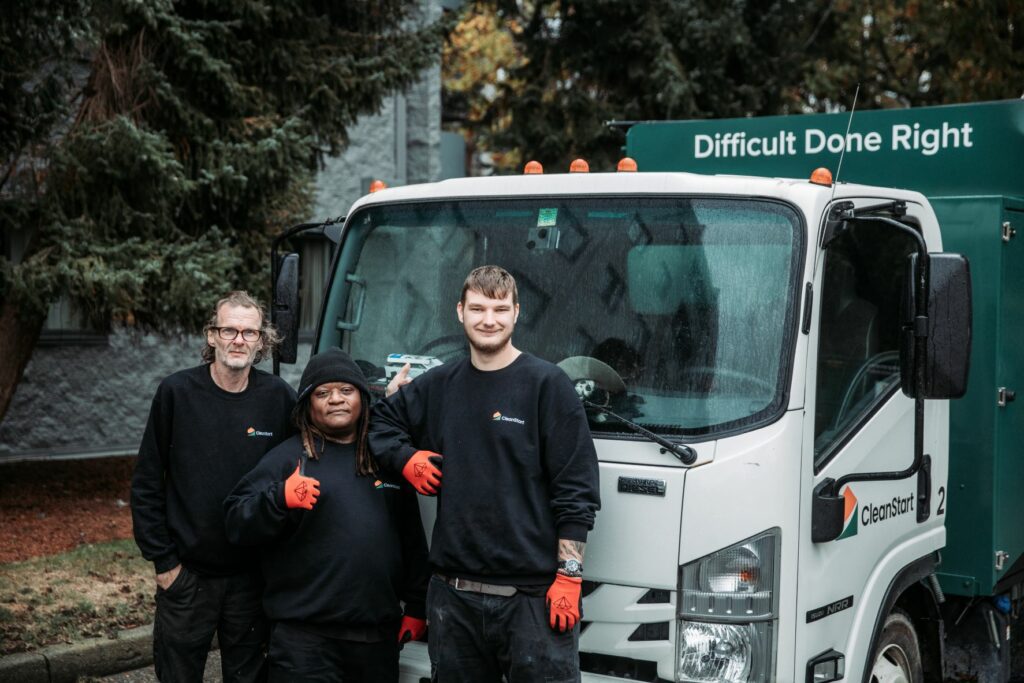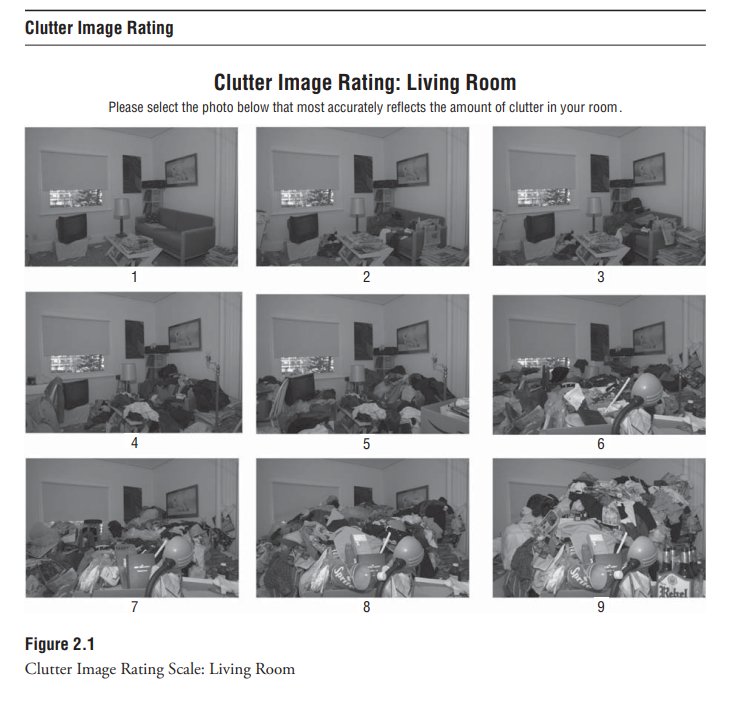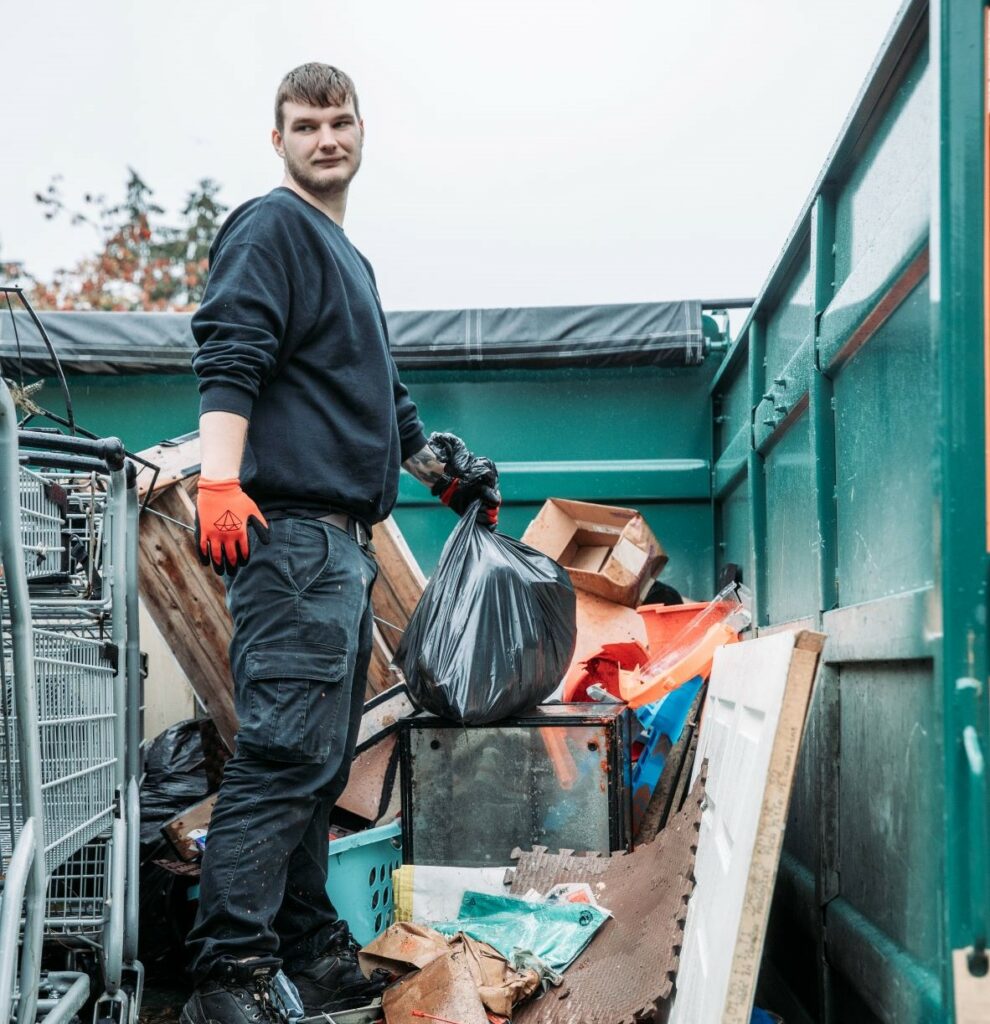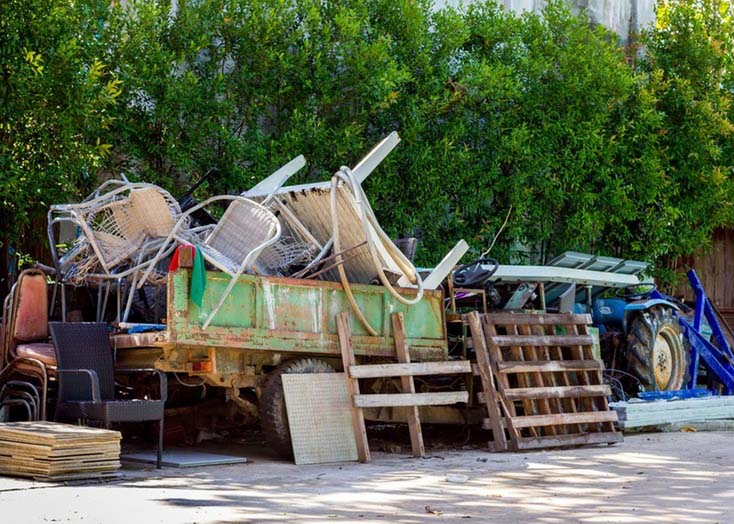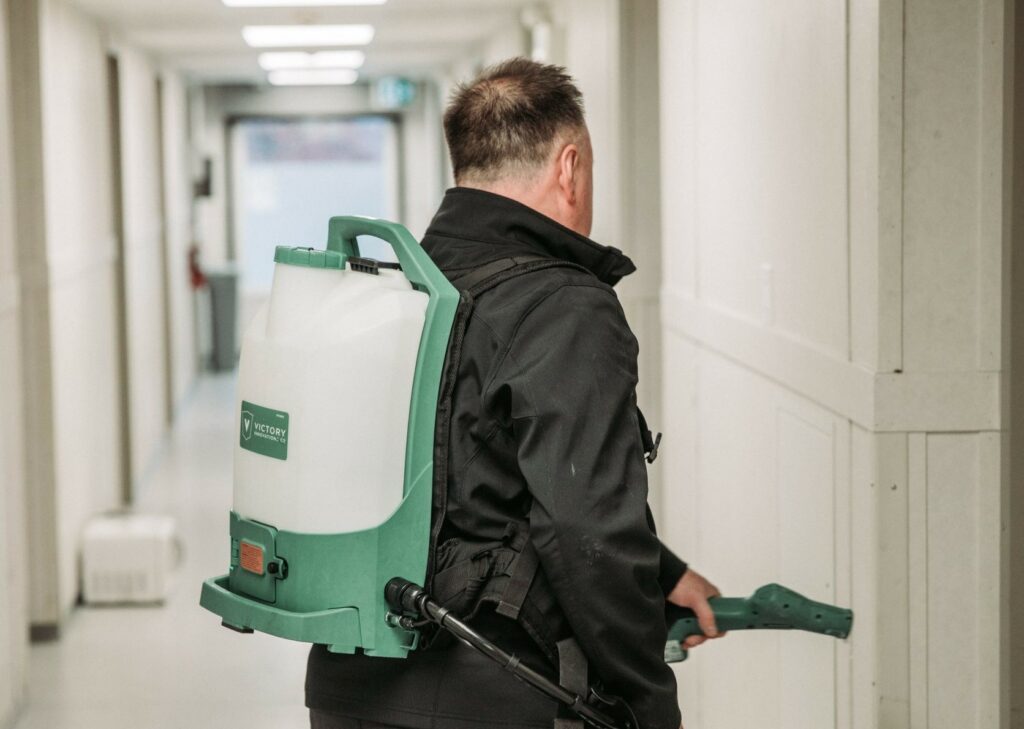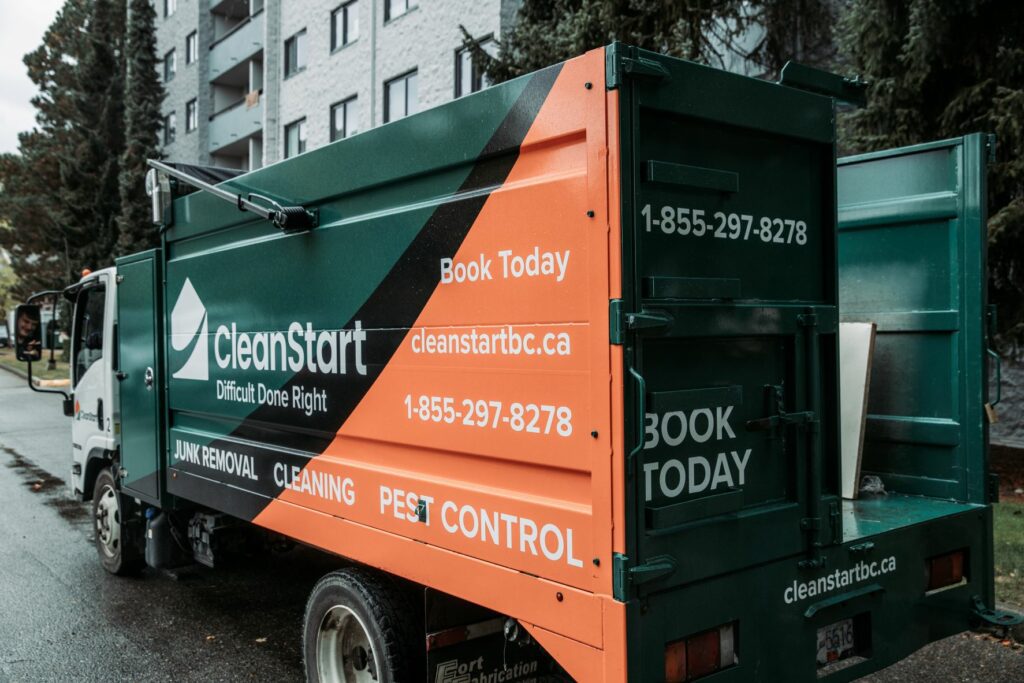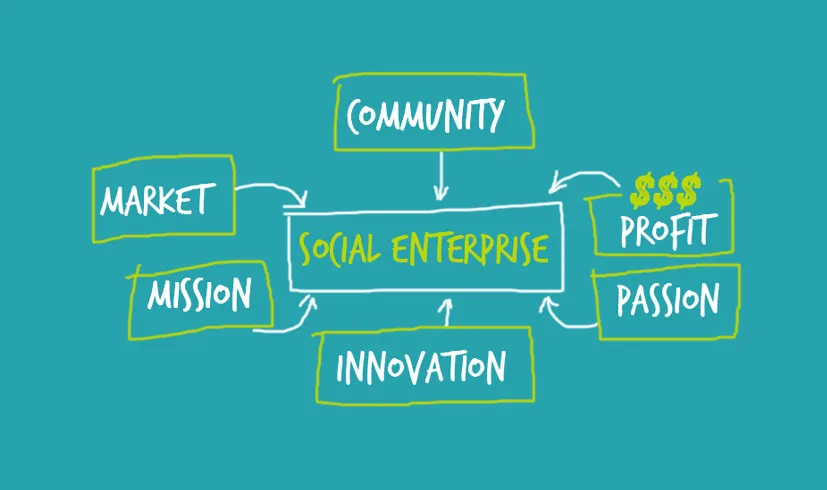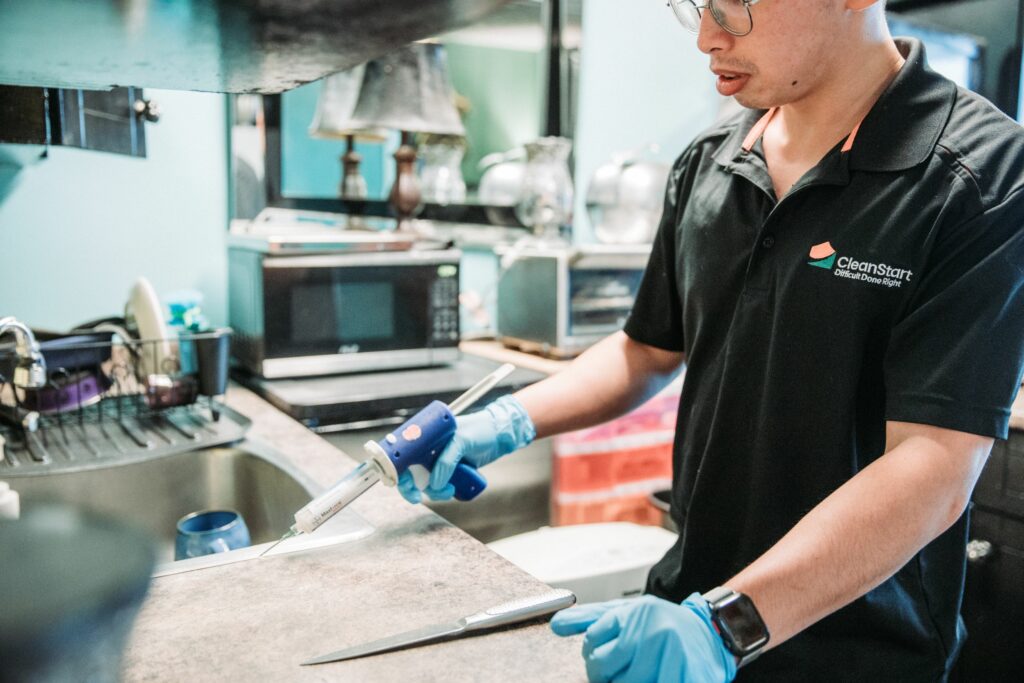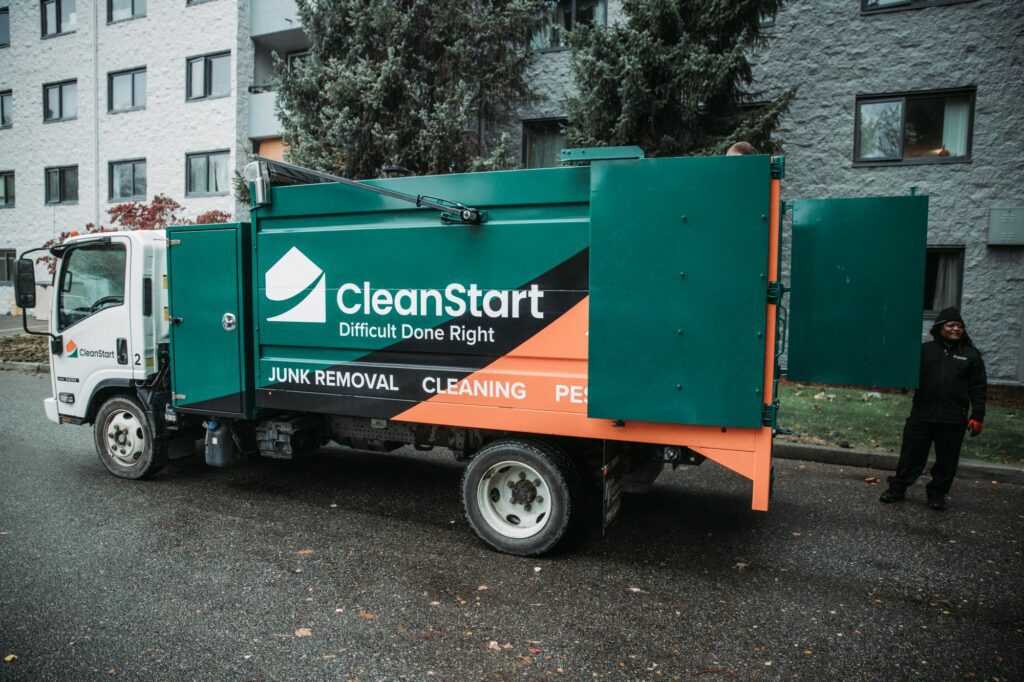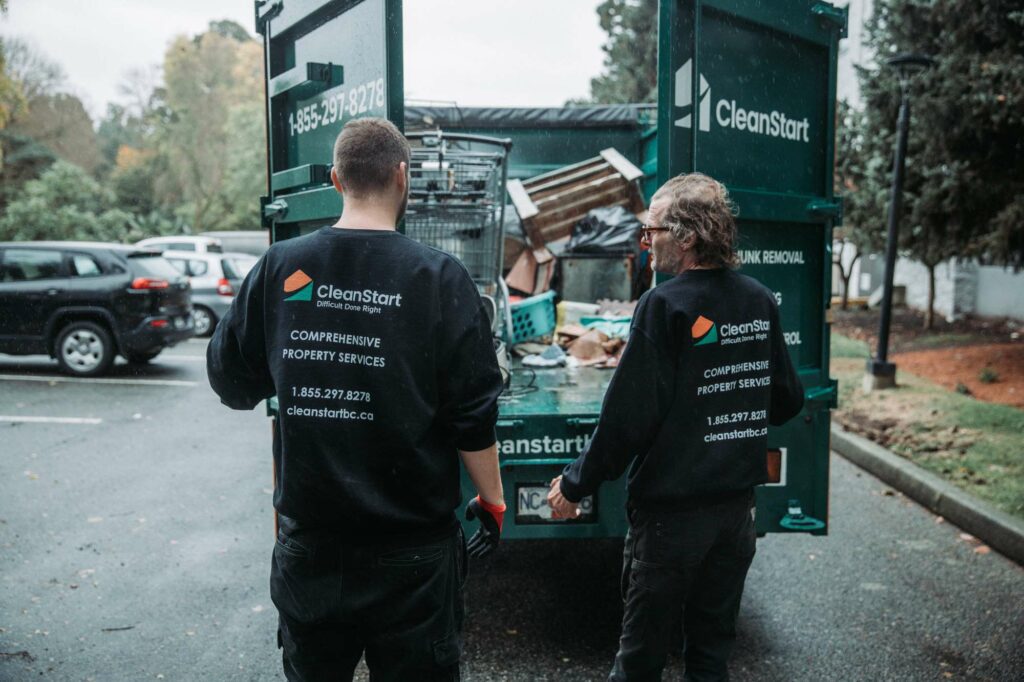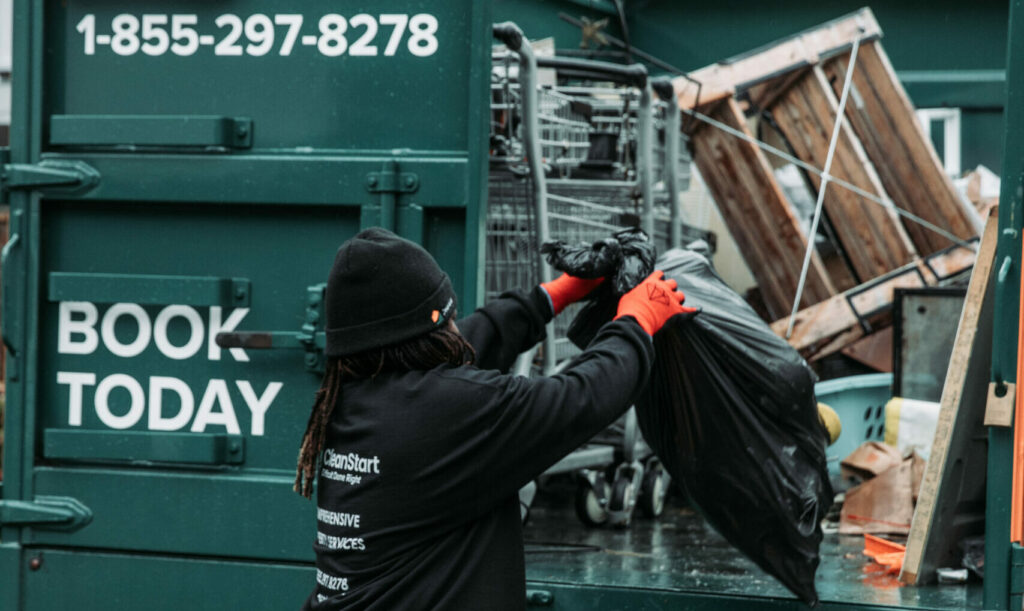CleanStart Property Services is the go-to property service provider for the most difficult jobs across the Lower Mainland. That means we are often helping our clients with bed bug treatment and prevention services. We often get questions on how to identify signs of bed bugs. Our friends at M&M Pest Control wrote an informative article on this topic, you can find the full article here:
https://mandmpestcontrol.com/how-do-i-know-if-i-have-bed-bugs/
Bed bugs are notoriously hard to identify and even harder to get rid of, especially if you live in densely populated places like Vancouver. But despite their sneakiness, it isn’t impossible for a vigilant homeowner or apartment renter to recognize the early signs of a bed bug infestation. One of the best ways to protect yourself and your family from these tiny, blood-sucking pests is to find and exterminate them early on — before they can reproduce and spread. This article will explain the 7 early signs of bed bugs, as well as where bed bugs hide and how to perform a simple visual inspection of your home.
7 Early Signs of Bed Bugs
These signs of bed bugs are ranked in order of how much certainty each warning sign can provide when it comes to confirming the presence of bed bugs, especially at the beginning of an infestation.
We’ll start with the least reliable sign (odors) and work our way to the most reliable sign (live bed bugs), explaining what each one means and where to look.
If you suspect that bed bugs have invaded your home, it’s well worth your time to understand and familiarize yourself with these early warning signs.
In general, these signs of bed bugs may require professional confirmation to be certain of bed bugs, but this article will give you an idea of when to seek out that professional confirmation.
#7: Odors
– An unusual, musty odor with no apparent cause
– Bed bug pheromones are often compared to the scent of raspberries, coriander, cilantro, or almonds
– A severe bed bug infestation may smell like rust, wet towels, and moldy laundry
Sometimes, the first hint that something is amiss comes from our sense of smell. If you notice an unusual, musty odor in your bedroom that doesn’t seem to originate from an obvious source — like a pile of dirty laundry — it might be an early sign of bed bugs.
Bed bugs emit “alarm” pheromones in response to being bothered or threatened. These pheromones produce certain odors that may smell slightly sweet or musty. People who have experienced it firsthand describe the smell as somewhat similar to raspberries, coriander, cilantro, or almonds.
Normally, the smell of pheromones is very faint — practically imperceptible to the human nose. Unless you’re a trained bed bug-detecting canine, your chances of noticing the raspberry-like pheromone smell from bed bugs are very low.
When you have a large number of bed bugs living together, the smell of their pheromones gets mixed together with the odor of dead bed bugs, shed shell casings, and bed bug excrement. The result is an unpleasant, rusty smell that gets worse as the infestation grows more severe.
Compared to other early signs of bed bugs, odor is typically the least reliable. That’s simply because when there are only a few bed bugs around, their odor is too faint for humans to notice. Furthermore, most people aren’t familiar with the scent of bed bugs — or a bed bug infestation — so even if you sense something, you’re likely to mistake the smell for something else.
#6: Bites
– Small, red, itchy bumps that mysteriously appear at night
– The most common places for bites are the arms, hands, and legs
– Sometimes appears as clusters of 3 or 4 bites in a line (the so-called “breakfast, lunch, and dinner” pattern)
Many people consider waking up to find mysterious insect bites as the first sign of bed bugs.
Bed bugs are considered nocturnal insects that prefer to feed on our blood while we sleep. Therefore, their bites typically appear on skin that is exposed during the night. The most common places where people get bitten are the arms, hands, and legs.
However, pest control professionals agree that bites alone are not enough to diagnose a bed bug problem. That’s because different people can react very differently to bed bug bites, so there’s no definitive way to distinguish them from other insect bites. In fact, a whopping 30% of people don’t exhibit any skin reactions at all to bed bug bites.
While everyone reacts differently, the most common symptom of bed bug bites is red, itchy bumps appearing in small clusters. Some people refer to this as the “breakfast, lunch, and dinner” pattern, which describes bed bug bites as appearing in small clusters or lines of 3 bites. But in reality, bed bug bites can also appear as single bites or in random patterns.
As a side note, bed bug bites are usually not dangerous and do not transmit any known diseases. However, some people may experience allergic reactions to certain chemicals in bed bugs’ saliva. If you’re experiencing severe itchiness, painful swelling, blisters, fever, or flu-like symptoms after being bitten, you should seek professional medical attention.
#5: Bloodstains
– Unexplained red or rust-colored bloodstains
– May appear as small splotches or smears on bedsheets, clothing, or pillows
– Double check first for other probable causes
Even though we don’t notice bed bugs when they’re feeding on us, they don’t always get away unscathed.
After a bed bug becomes engorged with blood, its original flat, seed-like appearance changes into a round, bloated form resembling a tiny football. If you suddenly move or shift your body in your sleep, you might inadvertently crush or squeeze a bed bug that just finished feeding.
While it doesn’t usually kill them, it can cause some of the blood they just fed on to leak out and create a noticeable red or rust-colored stain.
If you see something that appears to be a bloodstain on your sheets, clothes, or pillow, check your body first to see if you can find a cut or scab that might be the cause. If there’s no other explanation for the bloodstain, then it might have been left behind by an unlucky bed bug.
Sometimes, bloodstains might also come directly from bed bug bites. Bed bug saliva contains an anticoagulant that prevents blood from clotting while they feed. After they finish their meal, the bitten areas may continue to bleed for a short while.
#4: Fecal Marks
– Tiny, dark brown or black spots around the size of a pen tip
– Usually clustered around harborage areas, but can also be found on sheets and clothing.
– Dark smears on fabric resembling magic marker stains after being washed
Compared to the bloodstains that we described above, bed bug fecal marks (also called “fecal spotting”) are much smaller and darker.
These small, dark spots resemble an ink dot from the tip of a pen or marker. Their average size is about 2 to 4 times larger than a period at the end of this sentence.
Fecal marks come from bed bug droppings, which consist of digested human blood. The digested blood appears dark brown or black in color and, because it contains iron, will give off a faint, rusty smell that contributes to the overall unpleasant odor of a bed bug infestation.
Bed bug fecal spotting can occur anywhere — on sheets, pajamas, mattresses, headboards, box springs, walls, curtains, and other types of surfaces. You can usually find them in large numbers around bed bug hiding places and harborage areas.
On fabric, bed bug fecal marks can be quite difficult to wash out. Water causes them to smear in a distinctive fashion, resembling magic marker stains.
#3: Eggs
– Pinhead-sized, pearly white ovals around 1 mm in length
– Loosely stuck to various types of surfaces
– Usually found near bed bug harborage areas
Pregnant female bed bugs lay between 1-7 eggs per day, which typically hatch in the next 7-10 days.
In terms of appearance, bed bug eggs are about 1 millimeter long, pearly white in color, and ovular in shape. They resemble tiny grains of rice that are miniaturized to the size of a pinhead.
Eggs are visible to the naked eye, but they can be difficult to recognize unless you know what you’re looking for. At the end of each egg is a hinged cap, which is where the newly hatched beg bug emerges from. Bed bug eggs that are more than 5 days old have a darkened eye spot — however, this can only be seen under a microscope.
Similar to fecal spotting, bed bug eggs are also more common around harborage areas. However, female bed bugs tend to wander around when they’re pregnant, potentially spreading the infestation to other areas as well as neighboring apartments.
When depositing their eggs, they use a glue-like material to adhere them to surfaces. As a result, you’ll most likely find these tiny, white eggs loosely stuck to crevices between fabrics or wooden surfaces — although they could really be anywhere.
#2: Shell Casings
– Yellowish-brown, translucent exoskeletons of juvenile bed bugs
– Comes in various sizes throughout the bed bug’s molting cycle
– Reliable indicators of a bed bug infestation
If you find bed bug shell casings, also known as husks or shed skins, there’s a very high probability that you have bed bugs. Abandoned shell casings are a reliable early sign of a growing bed bug infestation.
Shell casings are translucent, hollow outlines of juvenile bed bugs, and they’re often easier to find than the bed bugs themselves. They can be found anywhere that bed bugs hatch and breed — check mattress seams, upholstered furniture, and in holes, cracks, and crevices within wooden furniture.
As bed bugs go through 5 lifecycle stages before reaching adulthood, they’ll shed their exoskeleton several times. Molting is done at each step of the lifecycle, from the 1st instar nymph to the 2nd instar to the 3rd instar to the 4th instar to the 5th instar and finally to the final adult form.
The result of this process is what we call “shell casings” or “shed skins” in various sizes. This makes identifying shell casings a bit tricky because most people aren’t familiar with the sizes and shapes of bed bug nymphs.
However, if you already suspect bed bugs and you discover yellowish, translucent shells in common bed bug hiding places, then you should consider contacting your local pest control professional for an inspection.
#1: Live Bed Bugs
– Small, reddish-brown insects around the size of flaxseeds
– Prefers to hide in tight cracks and crevices
– Often confused with spider beetles, carpet beetles, and other small insects
Finally, the most obvious sign when trying to identify bed bugs: finding live bed bugs.
Normally, bed bugs don’t like to wander around unless they need to feed or unless they’re pregnant females avoiding overzealous males. Bed bugs typically tend to find a hiding place and stick to it.
For this reason, many people never see live bed bugs until the infestation becomes severe. Only when their hiding places are disturbed, like when you’re packing for a move, will live bed bugs be easily discovered.
You’d think finding a live bed bug in your home would be a smoking gun, but it’s not always that simple.
Many insects are often confused with bed bugs and vice versa. In our experience, the most common insects that people mistake for bed bugs are spider beetles, carpet beetles, and cockroach nymphs.
Another common misconception is that people think of bed bugs as being the size of apple seeds. This isn’t exactly true — bed bugs are actually quite a bit smaller than apple seeds.
An average apple seed is about 8 mm in length, while adult bed bugs are usually only 4-5 mm long (although after becoming engorged with blood, they can temporarily reach up to 7 mm). Bed bug nymphs are even smaller, starting at around 1 mm in length.
Where Do Bed Bugs Hide?
With their tiny, flat bodies, bed bugs can squeeze themselves into just about any crack or crevice that’s bigger than 2 millimeters. This makes it hard to identify bed bugs without a licensed professional.
They tend to hide in the seams of mattresses, in the joints of furniture, inside cracks and crevices within walls and baseboards, and even inside electrical outlets or along the folds of curtains. These are all areas that you’ll want to thoroughly check for the early signs of bed bugs mentioned above.
From our experience as professional bed bug exterminators, here are some very common examples of bed bug harborage areas:
- Your Bed — pillows, bedsheets, mattress seams, headboards, bed frames, and box springs
- Next to the Bed — nightstands, dressers, rugs, and storage boxes
- Furniture — couches and cushions, bookshelves, tables, desks, chairs, rugs, and pet beds
- Walls — wallpaper, baseboards, window and door frames, curtains, pictures and posters, electrical outlets, and smoke alarms
How to Perform a Visual Inspection to Identify Bed Bugs:
To perform a simple visual inspection for bed bugs at home, you’ll need a flashlight and a thin card (could be an extra business card, playing cards, or an old credit card).
- Examine pillows and bed sheets for fecal marks and bloodstains.
- Remove bed sheets and check around the edges and seams of your mattress for bed bugs, shell casings, and eggs.
- Remove the mattress and use your flashlight to search the crevices, corners, nooks, and crannies around your bedframe and headboard.
- For any cracks that are too small to see into, slide your card inside and use the thin, rigid edge to extract any bed bugs or debris hidden inside.
- Do the same thing to inspect nearby dressers, nightstands, and other wooden furniture. Pay attention to screw holes, which is another common hiding spot for bed bugs.
- Pull furniture away from the walls to check the backs and baseboards.
- Inspect couches and upholstered furniture by removing cushion covers and using your card to get into gaps and crevices.
Tips for How to Identify Bed Bugs
We wrote a whole article about what bed bugs look like. Here are some additional tips for how to identify bed bugs:
-Bed bugs have a narrow head and thorax with a flat, oval-shaped abdomen.
-They have 2 beady, black eyes that protrude out from the sides of their heads.
-They have 6 legs and 2 antennae. Their antennae have 4 segments and stick out from the front of their heads.
-Bed bugs have small, vestigial wing pads but they can’t fly. If it flies, it’s definitely not a bed bug.
-Adults are flat and brown/rusty colored, while nymphs are pale. Once fed, they elongate slightly and turn reddish.
-Bed bug interceptors (also called monitors or indicators) are a great tool to help catch and identify bed bugs.
Still Not Sure if You Have Bed Bugs?
Bed bugs are a heavy burden to bear, and getting rid of them is a team effort. Hopefully, you now have a better idea of when to call in that team.
If you have identified bed bugs in your home or space, or if you suspect bed bugs and need confirmation/treatment, give us a call at 1-855-297-8278 or book an inspection with our licensed pest control technicians here: https://cleanstartbc.ca/book-now
